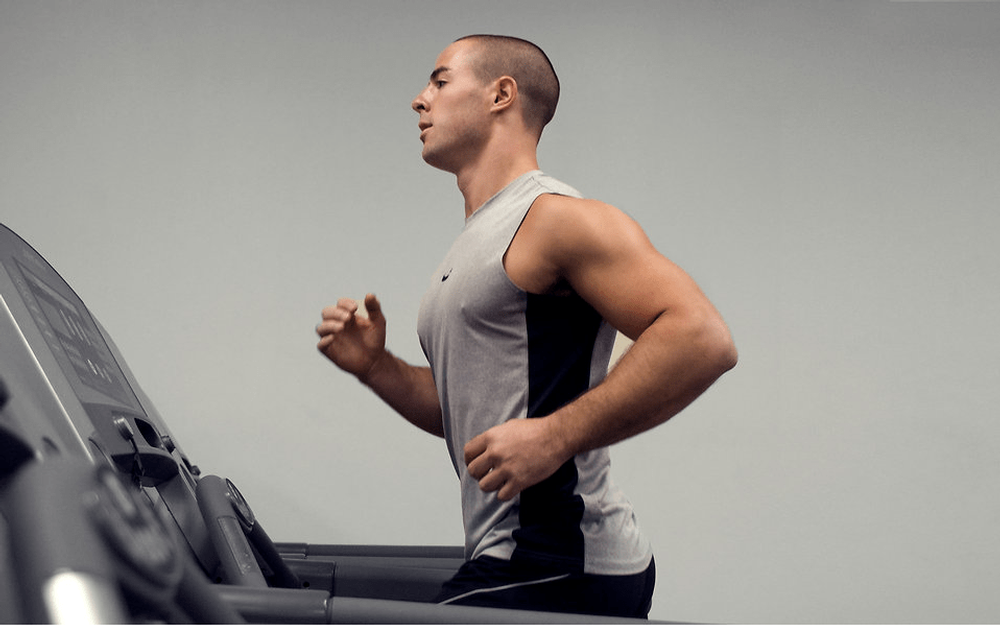Maximal Aerobic Capacity vs Anaerobic Threshold, Which is Most Important for an Endurance Athlete?

Maximal oxygen uptake, often abbreviated as VO2max (there is supposed to be a dot over the V, signifying volume-rate), the O2 is the chemical symbol for oxygen, so we have the maximal amount of oxygen the body can use during physical exertion. At a chemical level, what is actually happening during physical exertion, the O2, along with high energy phosphates, generates adenosine triphosphate, or ATP, the fuel for all cellular activity, and what cells require in abundance during exercise. ATP can be generated without O2 as well but must incur a chemical “debt” to do so. The debt is repaid later, with O2. Oxidative generation of ATP predominates during activities of continuous, long duration exercise activity, such as cycling and running. Hence VO2max is an important and useful measure of performance for endurance athletes. Improving VO2max, in general, translates to performance improvements. This is not necessarily true for “anaerobic sports”, where the exertion varies between light, moderate, and vigorous, such as soccer, or baseball.
Anaerobic threshold (AT) represents the point of metabolic acidosis, the point where aerobic metabolism no longer sustains the level of exertion. Lactate threshold, though not exactly the same thing as AT, is often used interchangeably with AT. For the purpose of this post, I will use AT. Physical exertion at or above the AT cannot be maintained for long (<3 minutes). Endurance athletes generally want to limit work at these levels because they cannot be sustained, alternatively saving them for that final “kick” when approaching the finish line. So for maximum performance an endurance athlete would like to pace him or herself just below their AT. For this reason many coaches and athletes argue AT is the most important variable to train. AT typically occurs at 55% of an individual’s VO2max, in highly trained athletes, AT can “shift” up to 80% or higher of the athlete’s VO2max.
Both VO2max and AT can be improved with training, though the type of training differs. So, now the $64,000 question, as an endurance athlete, which of the two is most important to focus on? The answer (drum roll) is… it depends. Below is a fun chart showing norms for VO2max by age and sex.
Maximal oxygen uptake norms for men (ml/kg/min)
| Age (years) | ||||||
| rating | 18-25 | 26-35 | 36-45 | 46-55 | 56-65 | 65+ |
| excellent | > 60 | > 56 | > 51 | > 45 | > 41 | > 37 |
| good | 52-60 | 49-56 | 43-51 | 39-45 | 36-41 | 33-37 |
| poor | 30-36 | 30-34 | 26-30 | 25-28 | 22-25 | 20-21 |
| very poor | < 30 | < 30 | < 26 | < 25 | < 22 | < 20 |
Maximal oxygen uptake norms for women (ml/kg/min)
| Age (years) | ||||||
| rating | 18-25 | 26-35 | 36-45 | 46-55 | 56-65 | 65+ |
| excellent | > 56 | > 52 | > 45 | > 40 | > 37 | > 32 |
| good | 47-56 | 45-52 | 43-51 | 34-40 | 32-37 | 28-32 |
| above average | 42-46 | 39-44 | 34-37 | 31-33 | 28-31 | 25-27 |
| average | 38-41 | 35-38 | 31-33 | 28-30 | 25-27 | 22-24 |
| below average | 33-37 | 31-34 | 27-30 | 25-27 | 22-24 | 19-21 |
| poor | 28-32 | 26-30 | 20-24 | 18-21 | 17-18 | |
| very poor | < 28 | < 26 | < 22 | < 20 | < 18 | < 17 |
If you are an endurance athlete and your VO2max is less than excellent, then I would focus my training on improving it. It is not unusual to see a 15% increase in less than 3 months. If you are an elite endurance athlete, you can expect slow, minute gains. If your VO2max is at least in the excellent category, farther increases will be small. In that case, I recommend a focus on improving AT.
Without access to an exercise lab, VO2max and AT are tough to determine. VO2max can be estimated with a variety of different submaximal tests, many can be administered at a fitness/wellness facility. AT is estimated through multiple finger pricks taken while exercising at a high level, not usually administered at a fitness facility, though an athletic performance facility may do this, and there are portable devices that provide reasonable accuracy as well. Rough estimates of AT can also be gained while monitoring heart rate during a vigorous exercise session. A topic for a later post.
Hope this helps and thanks for reading!
Looking for guidance in improving your athletic performance? Better yet, ready to make a change in your life? I help folks eat, move, and recover well, contact me here to set up a free consult!
Published by mattktraining
I am currently the Owner of my soloprenuerial company Matt K Training. Through my fitness and nutrition programs I help adults develop skills and practices that help them eat, move, and recover well. Over the past 20 years, in various roles such as a Personal trainer, Exercise Physiologist, Clinical Researcher, and Health Coach I have helped hundreds of adults reach their health and physical performance goals. When not working, I enjoy active pursuits such as playing right field for the Charlton Giants (in a 38+ competitive baseball league), playing tennis, hiking, backpacking, and rock climbing. I also enjoy indoor activities such as playing strategy board games, reading and discussing science fiction literature, dabbling with my guitar, finding creative ways to eat oatmeal, and being a good dad.